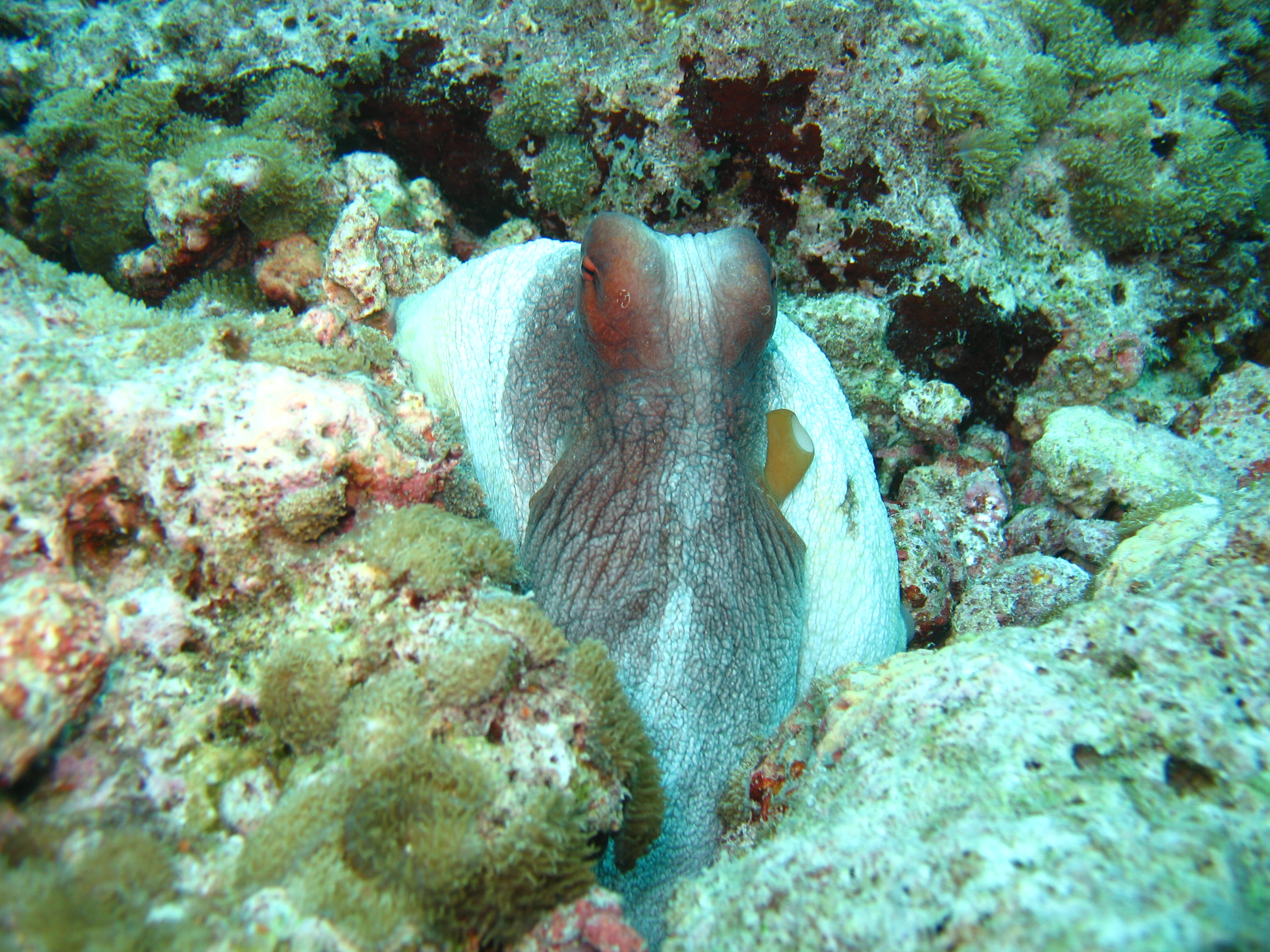Image: © François Jaugeon
To gain access to full information on octopuses, download the information sheet produced by the LMMA Network and SPC.
If you have noticed a decline in your catches or are concerned about octopus populations, here are some priority actions the community can consider in addition to national regulations:
Fish smart rules
Protecting marine ecosystems
Ban the use of fishing methods that result in the destruction of surrounding corals.
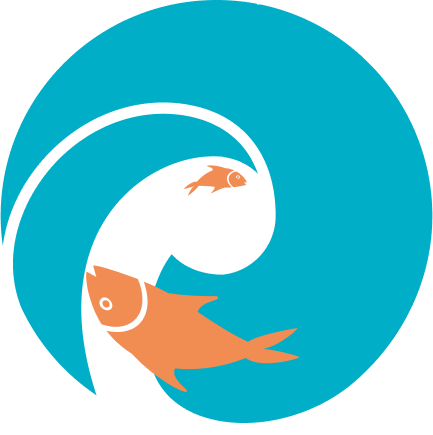
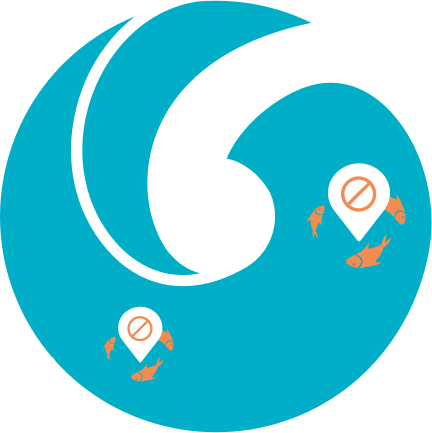
Tabu areas
Establish reserves (no-take areas) in which the catching of octopuses is banned. Adult octopuses within the reserve will increase in number and be responsible for repopulating nearby areas, particularly those that are down-current, where they can be caught;
Temporary bans
Establish rotational harvesting in which the fishing area is divided into smaller sections which are fished in rotation, often 1 year at a time. A community could, for example, divide its reef fishing area into two or three smaller areas. The community would then allow octopuses to be caught in one area during 1 year and then to be caught in the other areas in turn during the following years. Because octopuses grow very quickly, those in areas that are protected even for a short time, say 1 to 2 years, are likely to increase in number and reach a size at which they can reproduce.
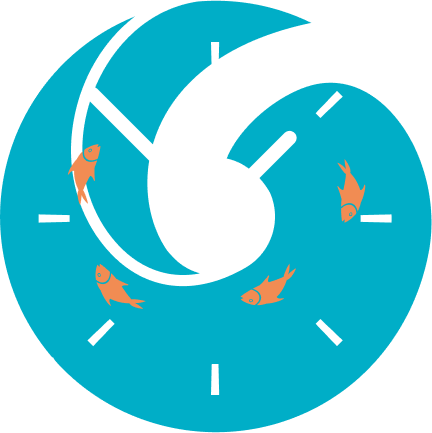
Fishing methods
Octopuses are fished locally throughout the Pacific Islands using a variety of fishing methods including lures, baited lines and spears as well as by hand. Some fishing methods result in considerable destruction of corals as the octopuses are removed from their nests. In some countries, traditional lures made of cowry shells are used to attract and catch octopuses.
Management measures in the region
Not many fisheries management regulations have been applied to octopuses although their numbers have decreased on many reefs.
Minimum legal size limits, intended to allow individuals to spawn at least once before capture, are of little use in octopus fisheries. Many of the commonly used fishing methods damage the octopuses and any under-sized individuals released after capture would be unlikely to survive.
Some species
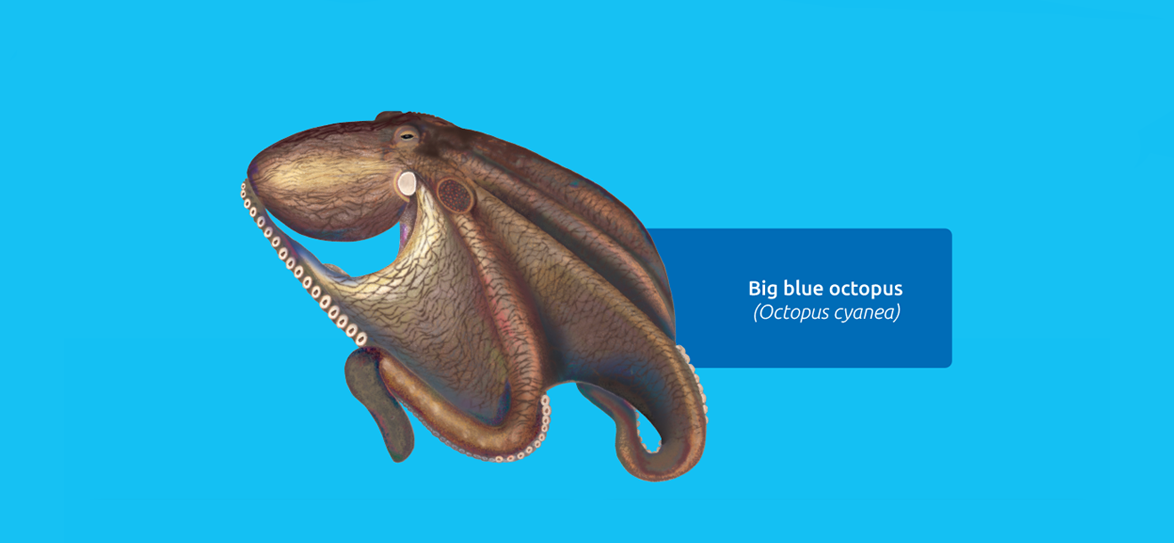
Octopuses are related to squids and clams and have eight arms with suckers, soft saclike bodies, and strong, beaklike jaws. At least 100 species of octopuses are distributed in seas around the world.
Although octopuses live on the sea floor, they can swim quickly by forcing jets of water through specialised funnels. They can also change colour and release clouds of black ink to confuse predators. All octopuses are capable of biting with their strong beaks, but only one group, the blue-ringed octopus, is known to be dangerous to humans.
Octopuses vary greatly in size but the common reef or day octopus, Octopus cyanea, widely distributed on coral reefs in the Pacific, grows to an overall length of about 1 m.
Reef octopuses live under ledges or in holes in the coral reef. These nests can often be recognised by the rubble and the remains of their food, including empty shells, found near the entrances.
Most feed during the night, but the common reef octopus feeds during the day. They eat various small clams, crabs, shrimps, lobsters, worms and a variety of fish. They are eaten by moray eels, sharks, stingrays and some large fish.
Octopuses have separate sexes. During breeding, the male uses one of its arms to place packets of sperm under the body covering (mantle) of the female. The female releases hundreds of eggs, which are fertilised by the stored sperm.
The female lays the fertilised eggs in bunches under a ledge or within a nest on the reef. She protects the eggs and does not go hunting for a period of several weeks until they hatch. The newly hatched forms (the drifting larval stages) look like small adults and swim in the water for about a month. Only a few, perhaps one in every hundred, survive to settle to the sea floor as juveniles. They grow to become reproducing adults in less than five months and have a lifespan of only 1 or 2 years.
Related resources

To gain access to full information on octopuses, download the information sheet.

